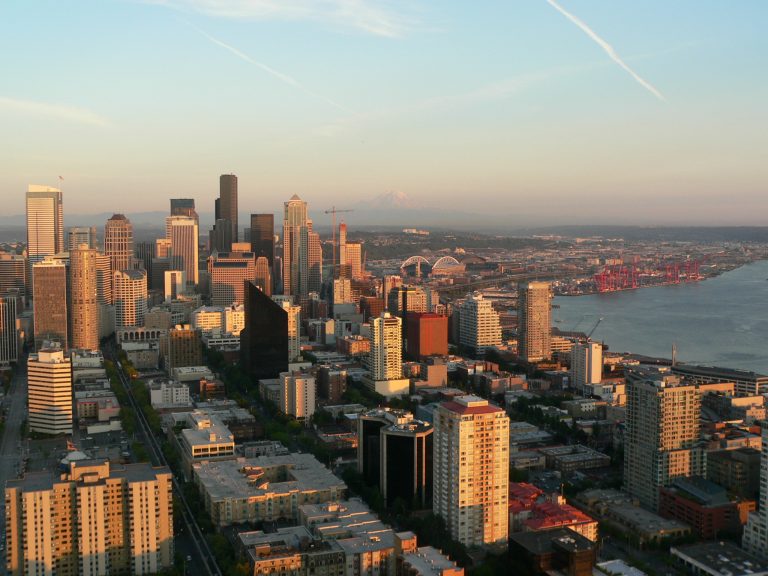Kara Peters works at Seattle’s Central Library. She’s a third-generation Washingtonian who grew up in West Seattle. “Grandma, she did Mary Kay. She had four daughters who all went to West Seattle High School,” Peters said. But unlike her parents and grandparents, Peters can’t afford a house in Seattle, even though she makes a decent income. In 2018, Peters earned $57,396.
Published on January 30, 2020

So Peters moved to Tacoma where she could afford a house. She loves Tacoma, but misses being close to family.”Growing up I was constantly surrounded by my family. I would go over to my Auntie Patty’s after school, I would see my grandparents all the time, and now that we live farther and farther apart, we don’t really have that.” Peters said. This week, Mayor Jenny Durkan’s office is out with a new “middle-income” advisory panel report that aims to help middle-class workers like Peters.
Margaret O’Mara, an expert on the tech industry at the UW Department of History, argues that tech cities like Seattle need to stop just blaming “tech bros” and instead look inward to understand why middle-income housing is so expensive. She points to decades of anti-density policies, which have created tight housing supply and higher prices. In Seattle, it’s still illegal to build relatively inexpensive duplexes, for example, on most of the city’s single-family zones. They make up around 75% of residential land. The advisory panel’s report does recommend opening up conversations on zoning, but the topic is buried deep inside the report.
Continue reading at KUOW.
Originally written by David Hyde for KUOW.